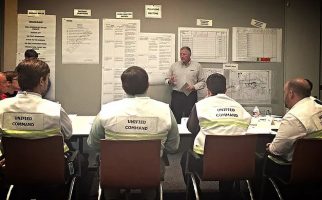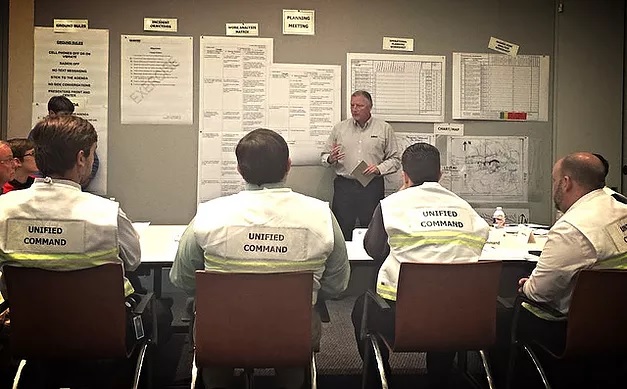Within the Incident Command System (ICS), there are many terms commonly used by incident and event management professionals. These terms allow responders from a variety of agencies or disciplines to join together using a common response language.
“Command’s Direction” is one of those terms. It generally means the collection of decisions, priorities, objectives, policies, operating procedures and tasks provided to an Event or Incident Management Team (IMT) by the Command function of the organization. The term “Command” by itself can mean either a single Command with a single Incident Commander, or a Unified Command with multiple Unified Commanders. In either case, Command must provide clear direction to their team in order to effectively manage an incident or event.
Let’s look at each specific element of Command’s Direction:
Decisions made by Command must be timely and inclusive of input by Unified Commanders with an appropriate stake in the decision. IMT’s rely heavily on Command to make effective decisions that enable them to carry out their responsibilities in support of the response effort. General examples might include naming the incident or event, deciding on the operational period, assigning personnel to fill Command and General Staff positions, and determining the incident Area of Operations (AOR). Some issue specific examples where only certain Unified Commanders with a primary or jurisdictional stake in the decision could include closing a waterway or roadway, evacuating a population, or other similar decisions.
Priorities are critical factors that influence the allocation of incident or event resources and those actions necessary to achieve objectives. When listed in order of importance, they provide the IMT with guiding factors to consider when managing their functional responsibilities.
Objectives, simply stated, are Command’s desired outcomes. They form the basis for all activities conducted by the IMT. They must be clearly stated and relevant to managing the response effort. High quality objectives will greatly enhance a management team’s ability to turn them into tactical work assignments and support systems during the response effort.
IMT Operating Procedures are incident or event specific guidance to that particular IMT. They generally relate to how an IMT will perform certain processes or activities. They should be inclusive of the various agency or company procedures, yet should specifically define for all participants exactly how certain things will be done on a particular incident or event. Some examples include resource ordering procedures, press release approval procedures and incident supplies and their distribution policy.
Tasks include all of the staff work that needs to be done in support of the response. They are typically documented and tracked by the Planning Section of an IMT. Each meeting within the Operational Planning Process should include a review of the status of the management team’s listing of tasks. A disciplined approach to tracking and completing these tasks will greatly reassure Command that an IMT is working well.
As you can see, the elements of “Command’s Direction” above are key to successful management of incidents or events. They form the foundational basis for all activities conducted by the IMT.
To read more about the author, Ron Cantin, click here!



